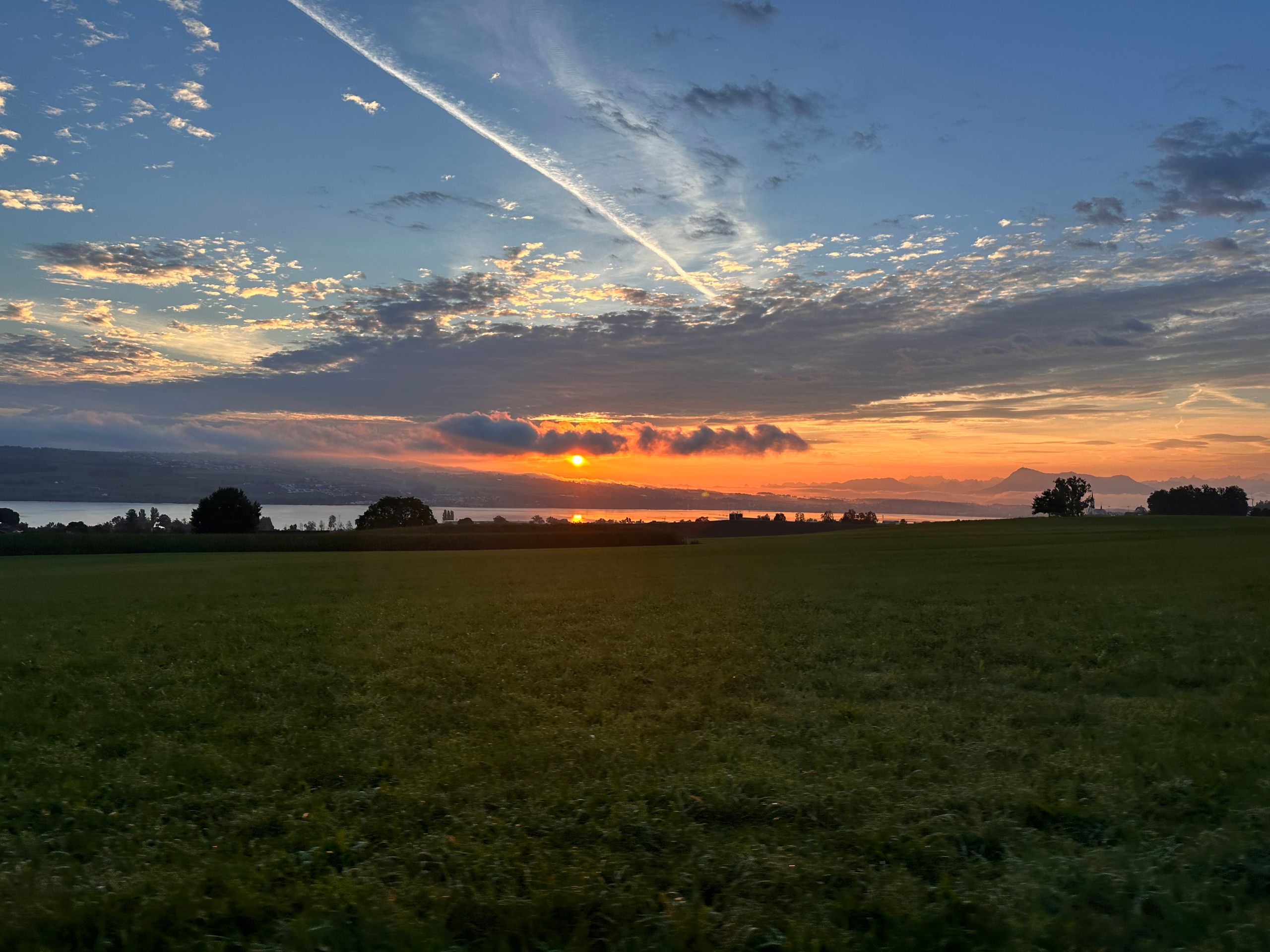On the bridge of Avignon
ਪ੍ਰਕਾਸ਼ਿਤ: 05.10.2024
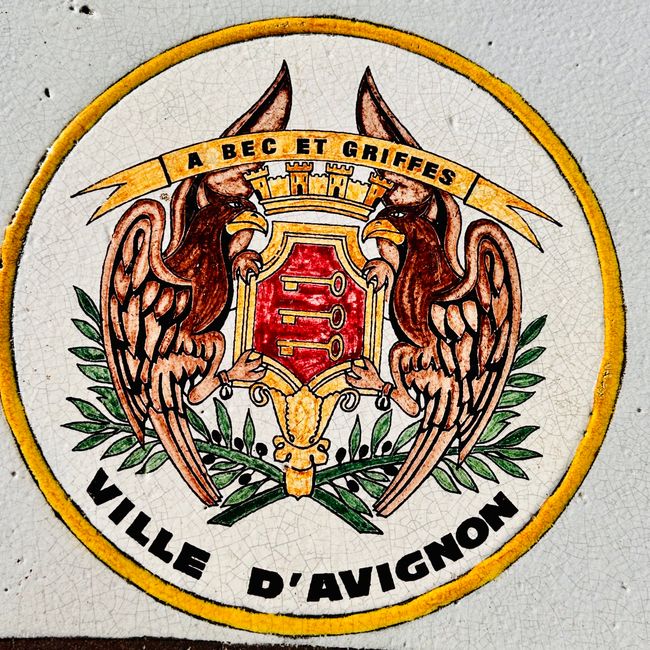
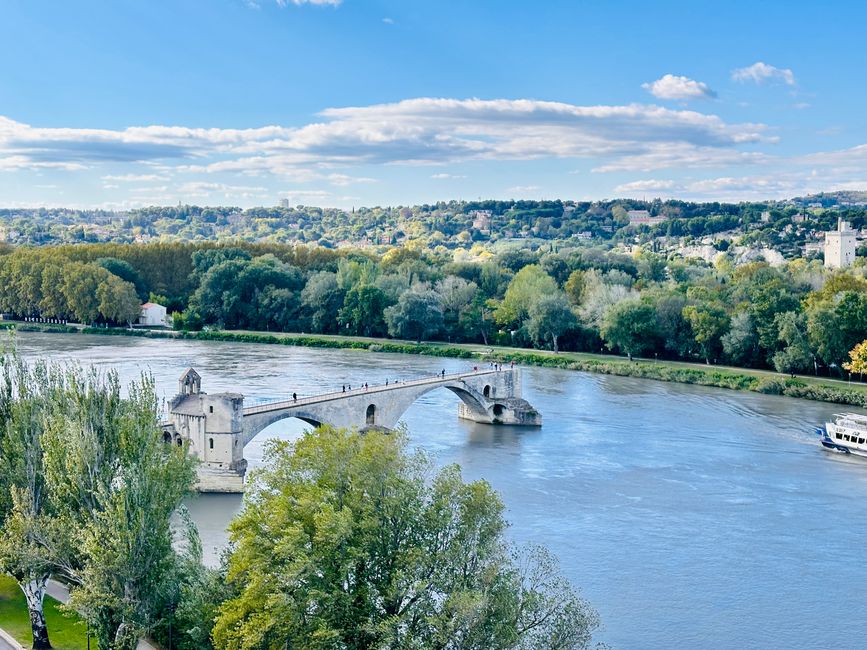
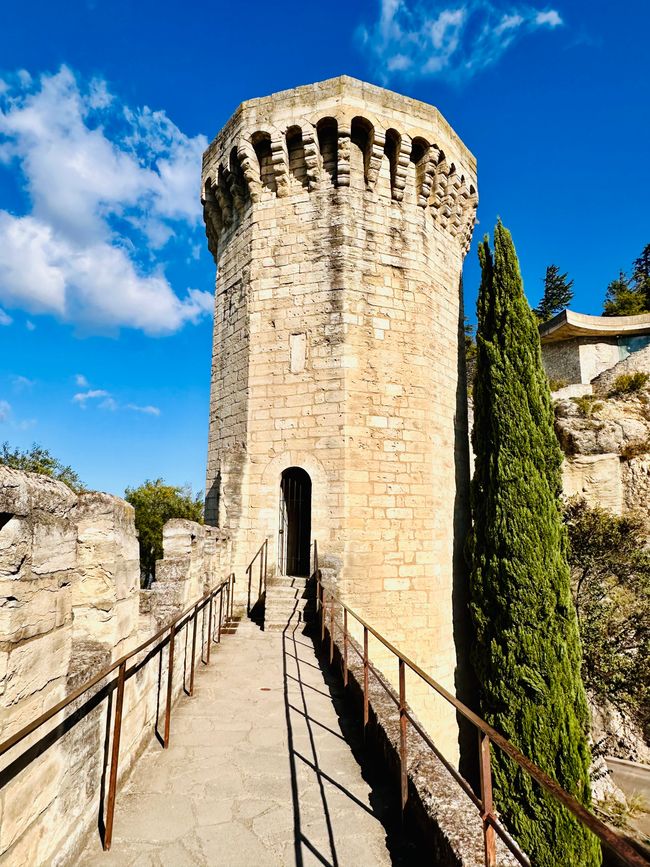
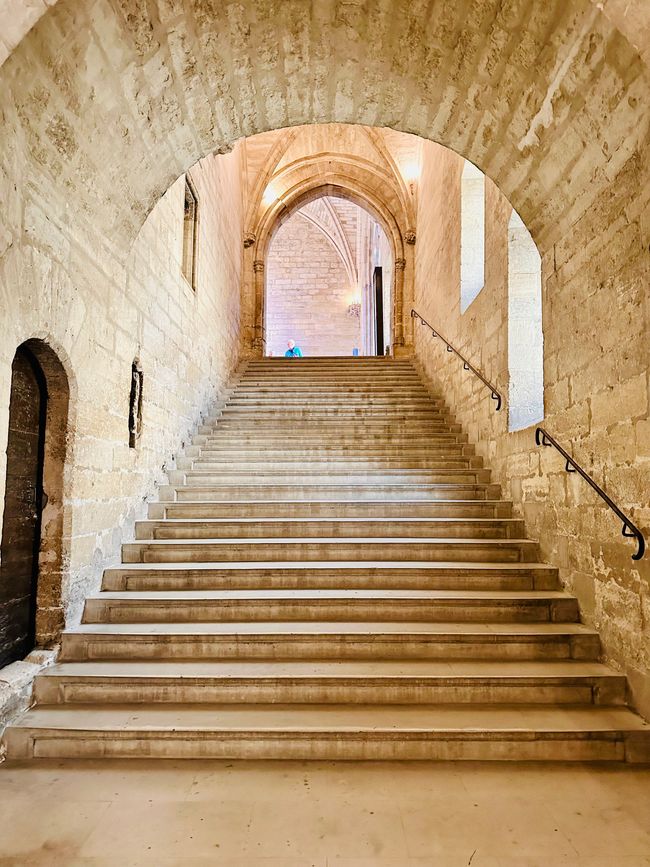
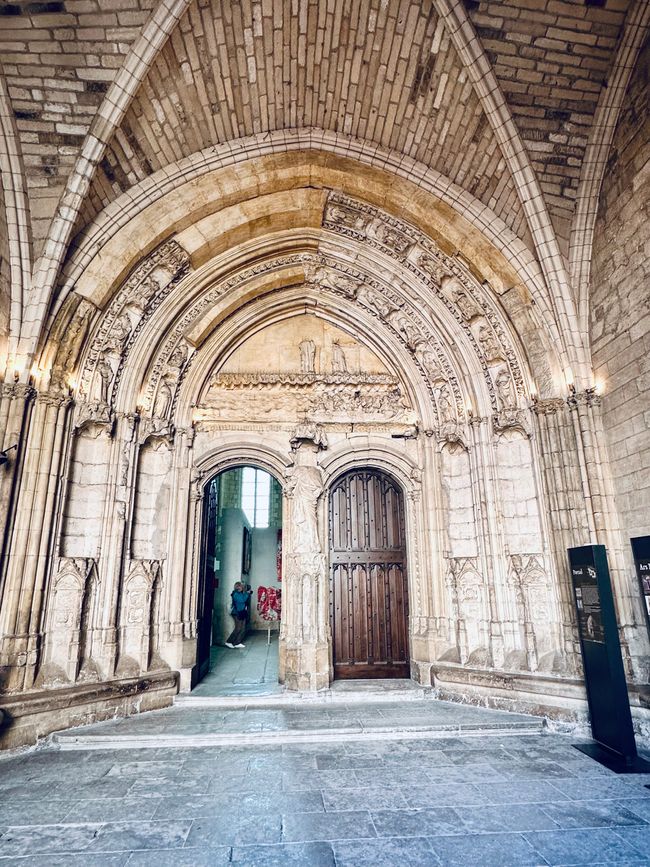
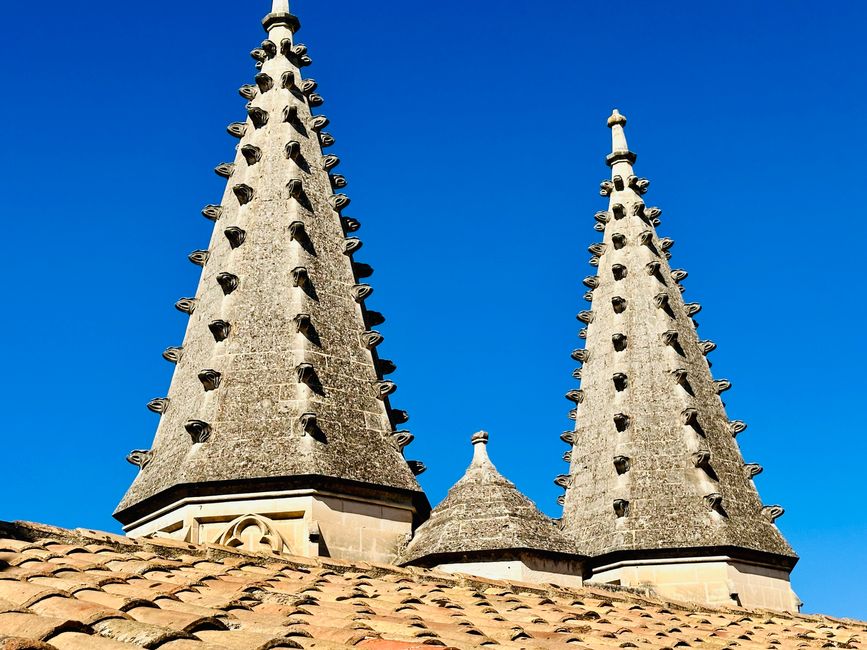
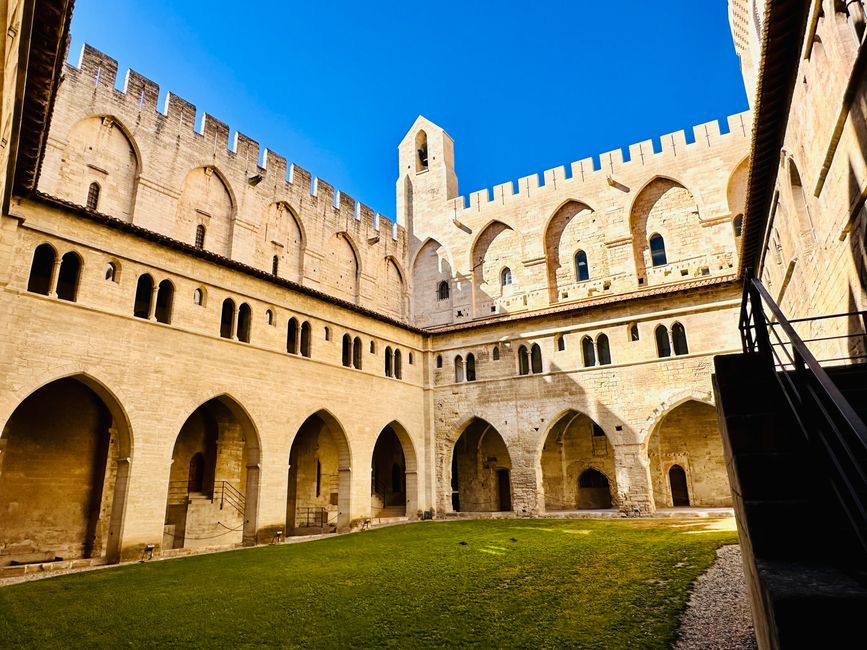
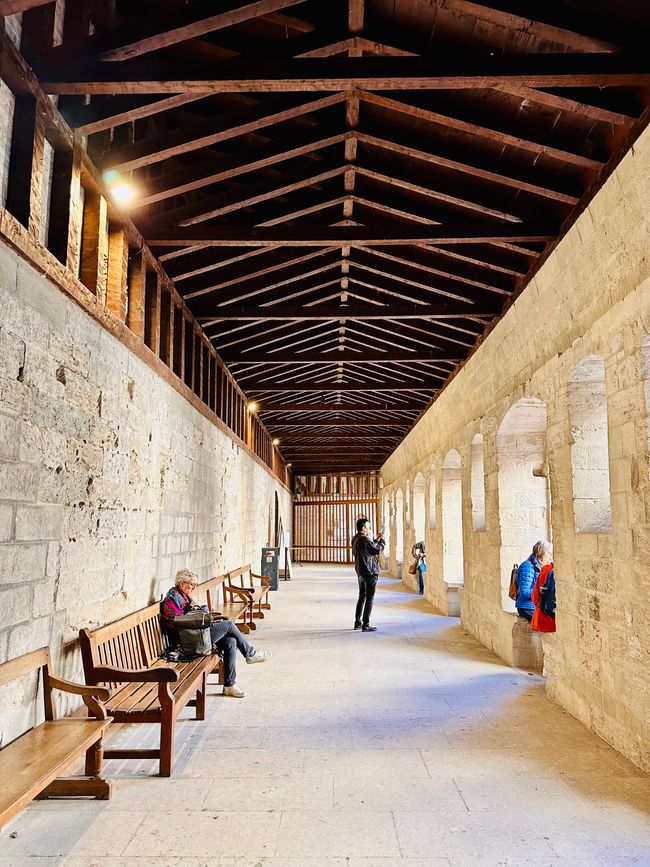
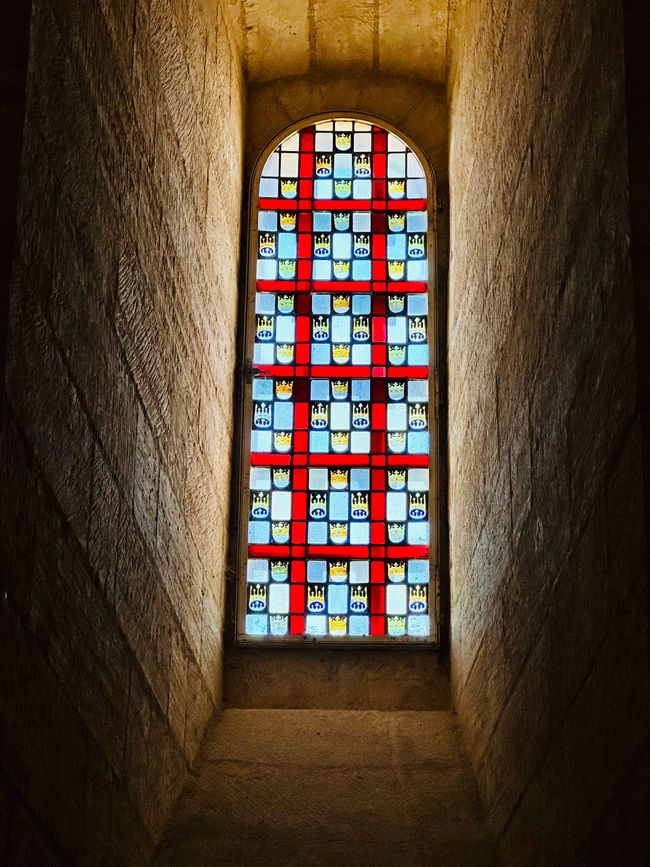
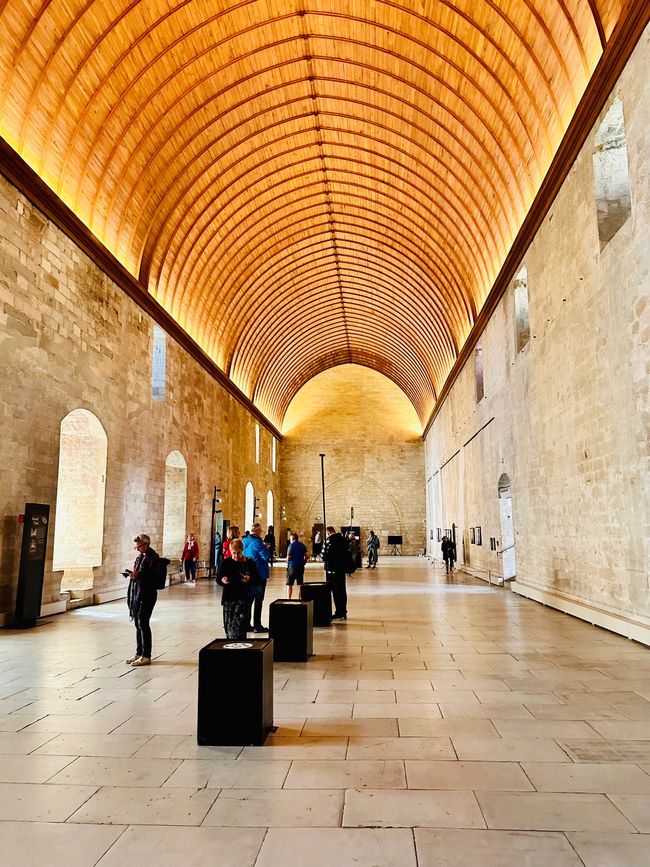
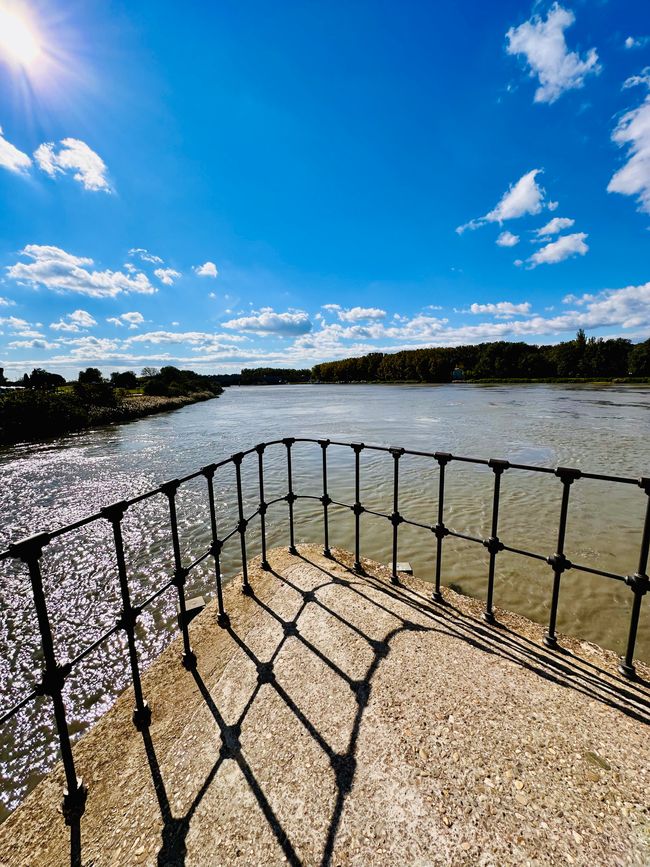

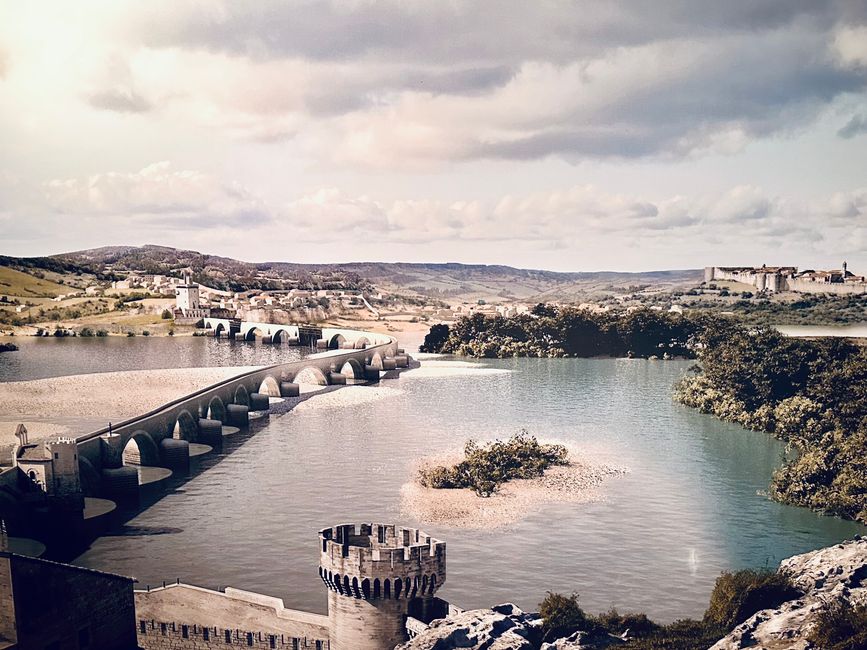
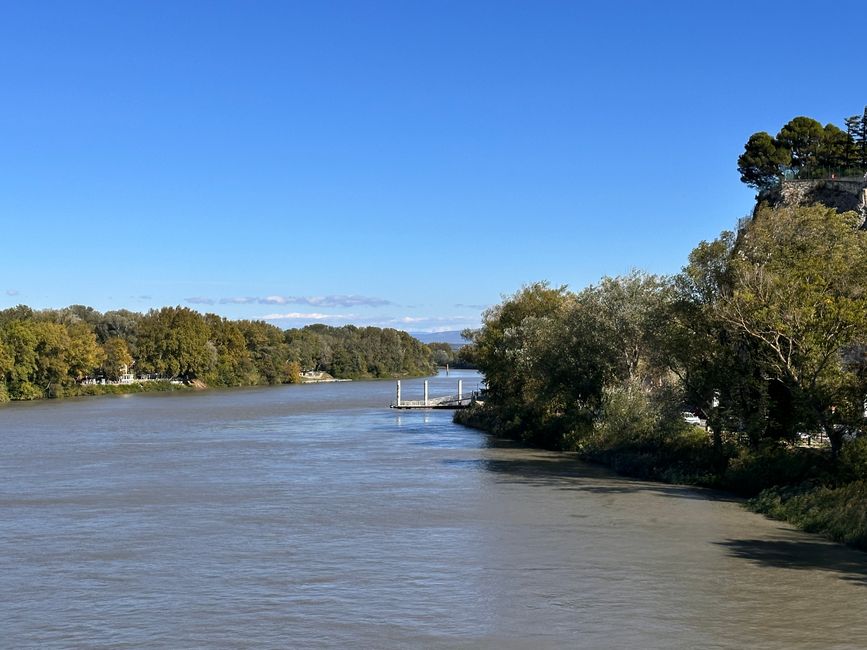
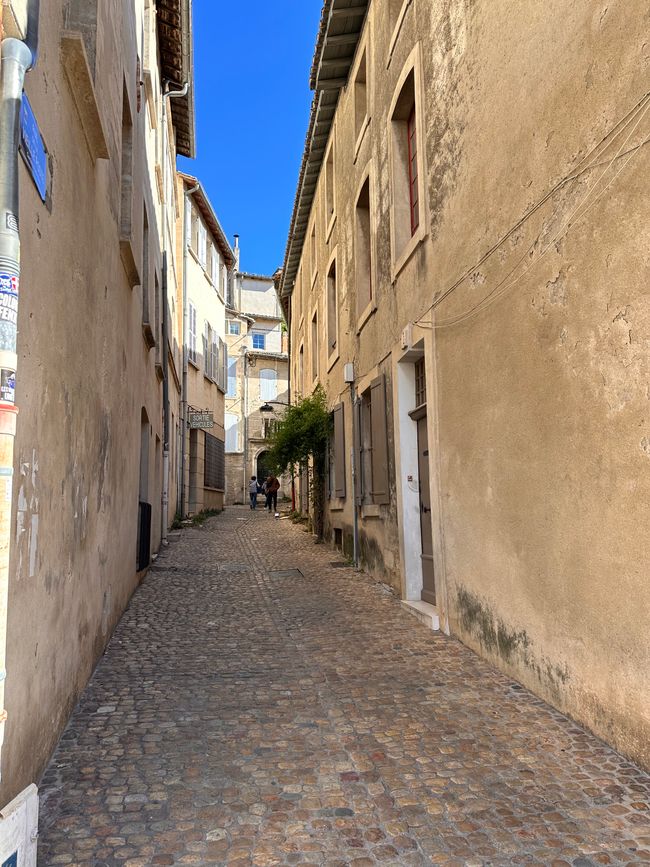
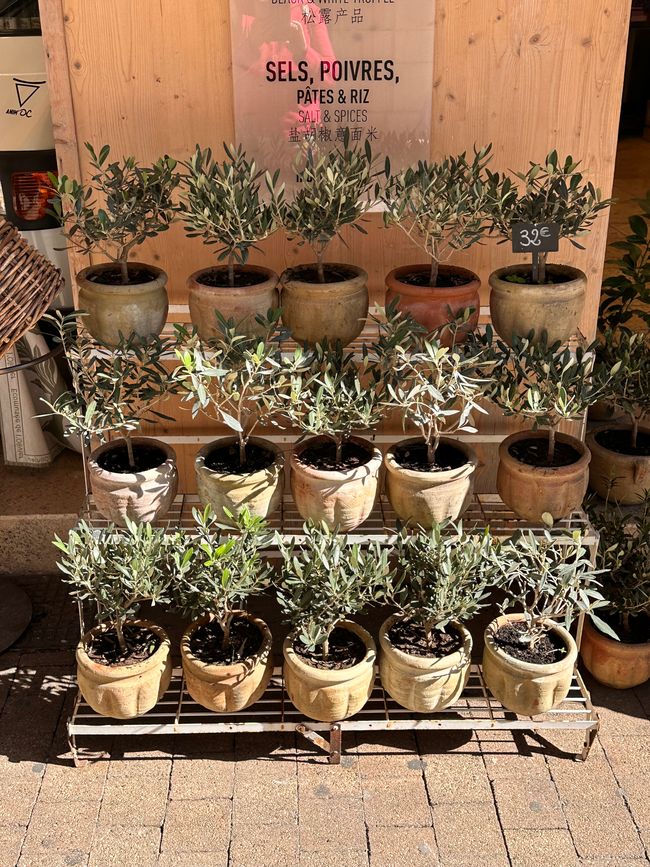
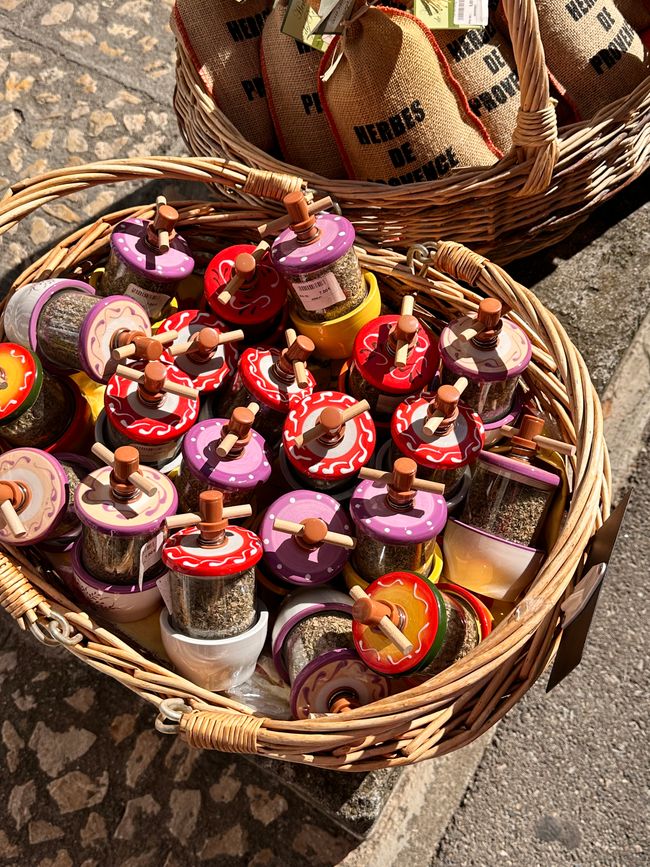
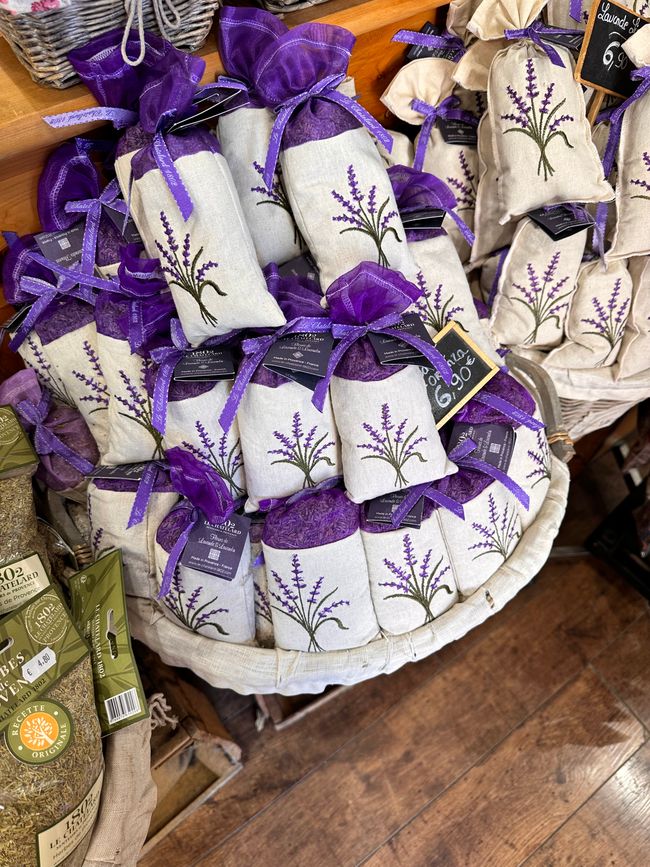
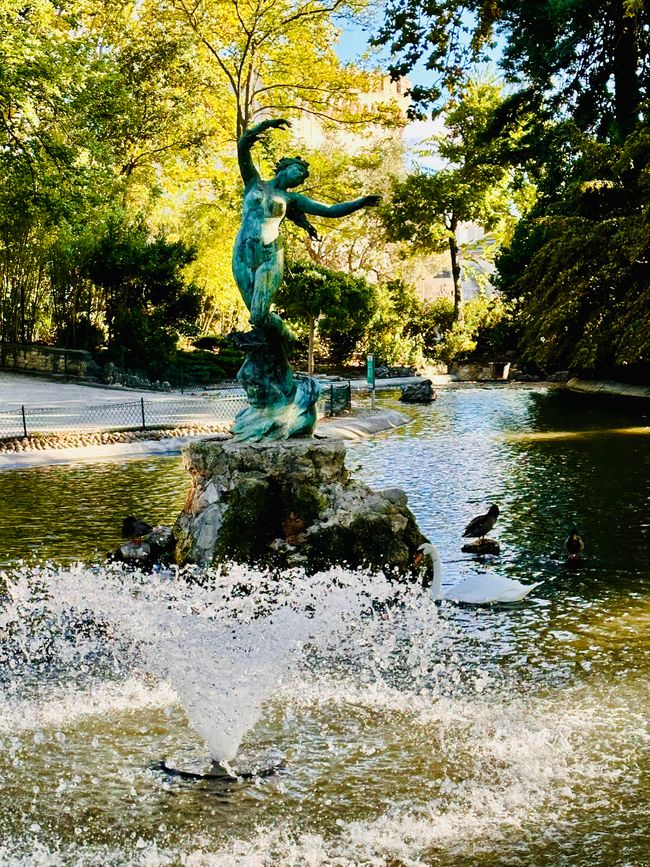
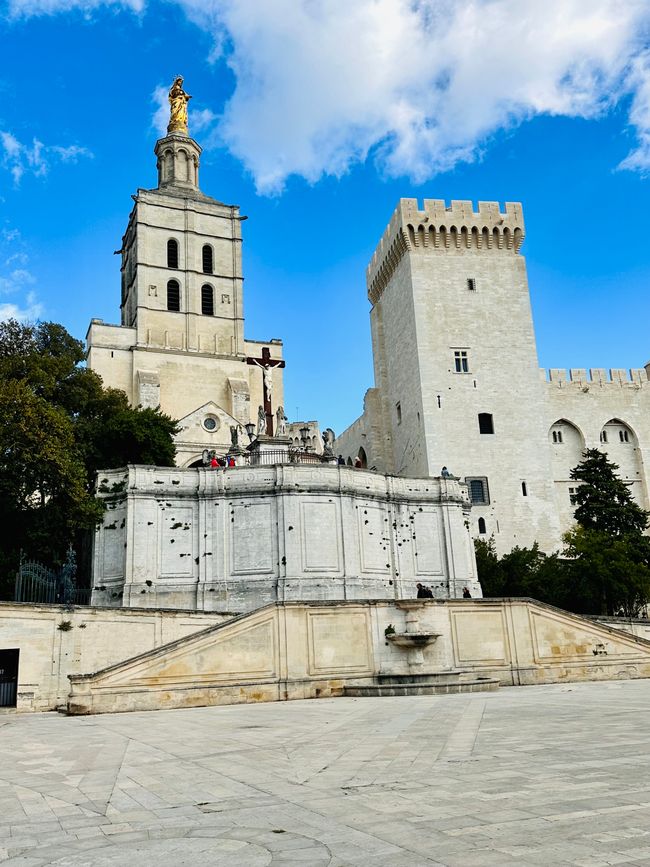
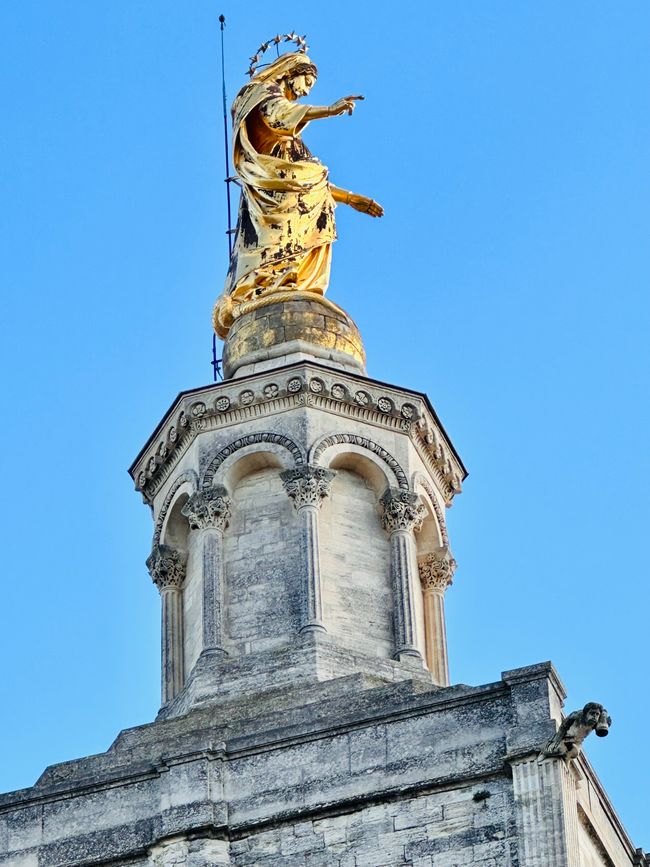

ਨਿਊਜ਼ਲੈਟਰ ਦੀ ਗਾਹਕੀ ਲਓ
Avignon is a historic city located on the banks of the Rhône. It is particularly known for its rich history, closely linked to the papacy, as well as for its well-preserved medieval buildings.
Avignon has a long history. In the 14th century, Avignon became the center of the Catholic world when Pope Clement V chose the city as the seat of the papacy in 1309. A total of seven popes resided in Avignon, which gave this period the name “Avignon Papacy.” This period ended in 1377 when Pope Gregory XI returned to Rome. Nevertheless, Avignon remained under the control of the Papal States until 1791, when it was incorporated into France during the French Revolution.
Today, Avignon is a vibrant city with a rich cultural scene. The historic old town has been part of the UNESCO World Heritage since 1995. Apart from its role as a tourist magnet and cultural center, Avignon is also an important transportation hub in the region.
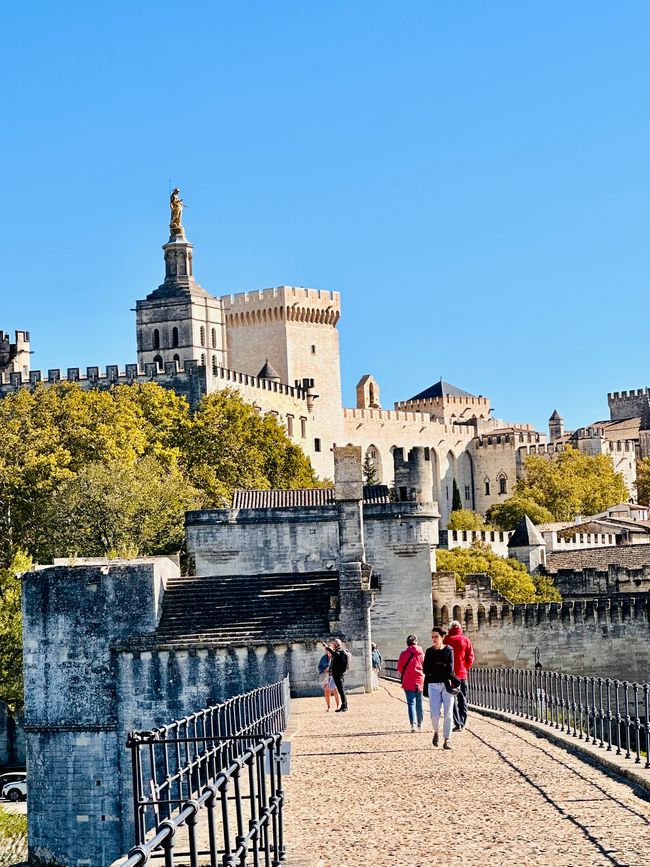
The Palace of the Popes (Palais des Papes): This impressive Gothic building, constructed between 1335 and 1364, was the residence of the popes during their stay in Avignon. It is one of the largest and most important medieval buildings in Europe.
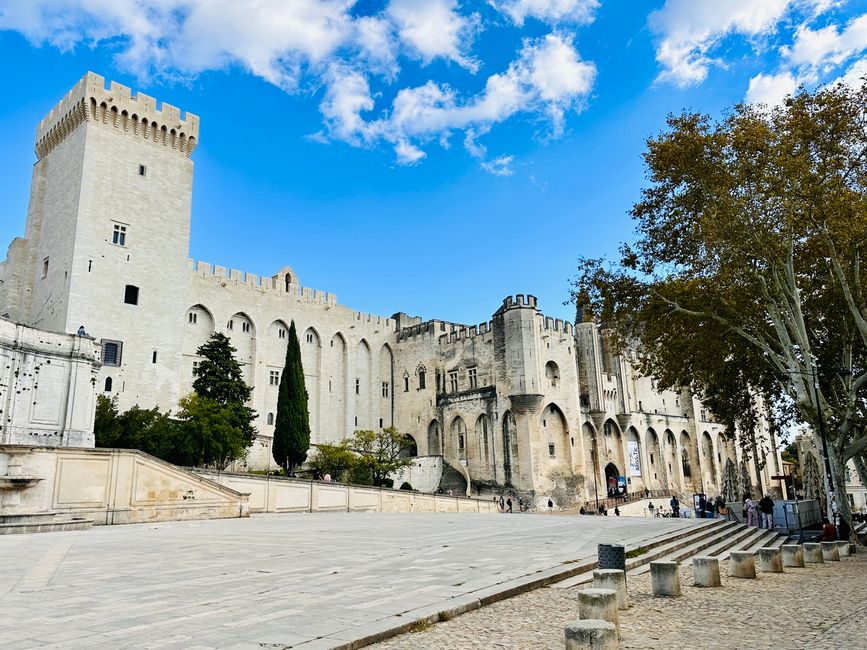
Swiss costume in the palace. The Swiss Guard is primarily known today as the papal guard in the Vatican. However, its origins date back to the 15th century, and during the time when the popes resided in Avignon, it replaced the soldiers of the papal palace in 1573. They already wore their yellow and red uniforms.
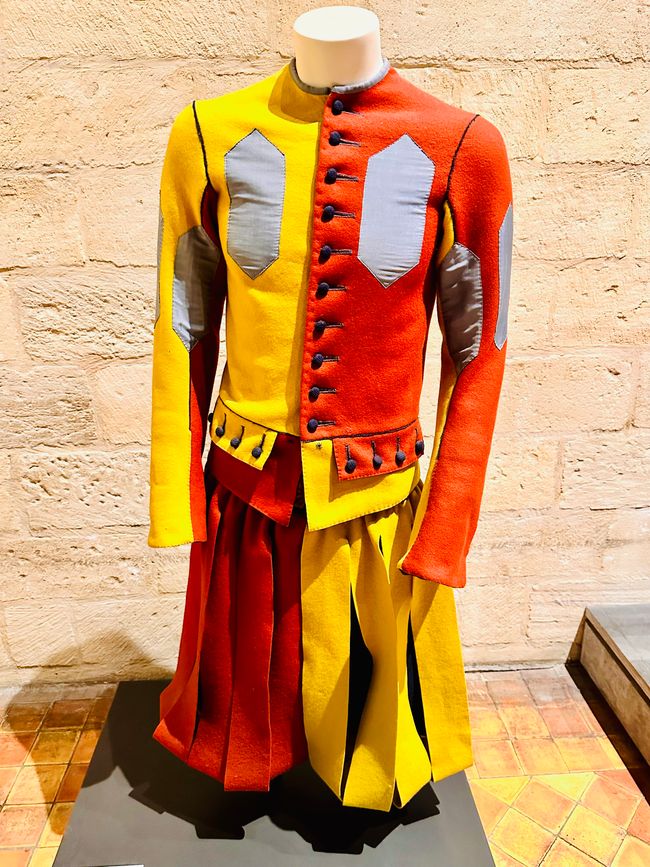
The Jardins du Palais des Papes (Gardens of the Palace of the Popes) in Avignon are a green oasis belonging to the historic site of the Palais des Papes. These gardens have been restored in recent years based on historical models and offer a fascinating insight into the history and culture of the papal residence. We visited Le jardin Benoît XII. This garden extends directly behind the palace. It was a place where the popes could retreat into nature to relax among flowers and trees.
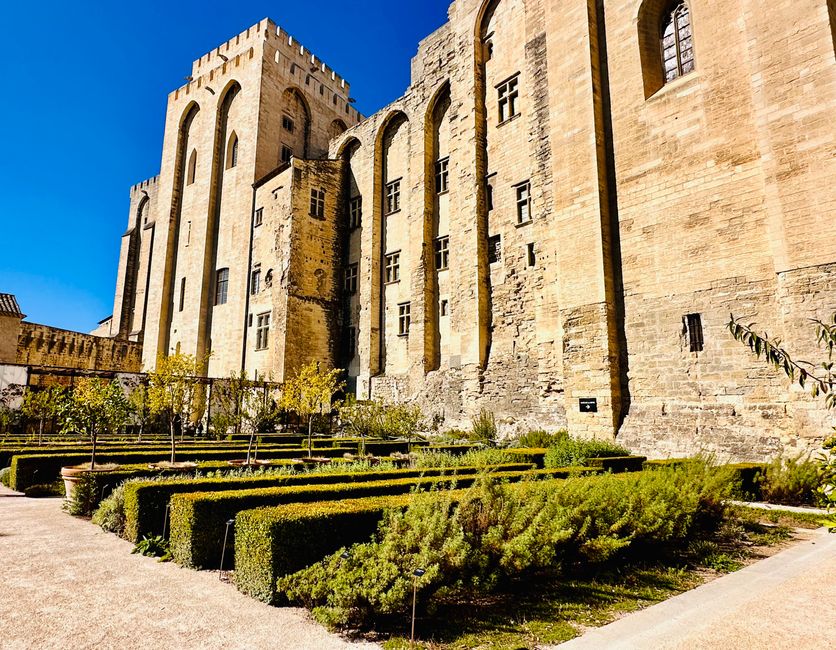
The Pont Saint-Bénézet is better known by the name Pont d’Avignon. The famous bridge, of which only four arches remain today, is known worldwide through the children's song “Sur le pont d’Avignon.” It was built in the 12th century and was once an important crossing over the Rhône.
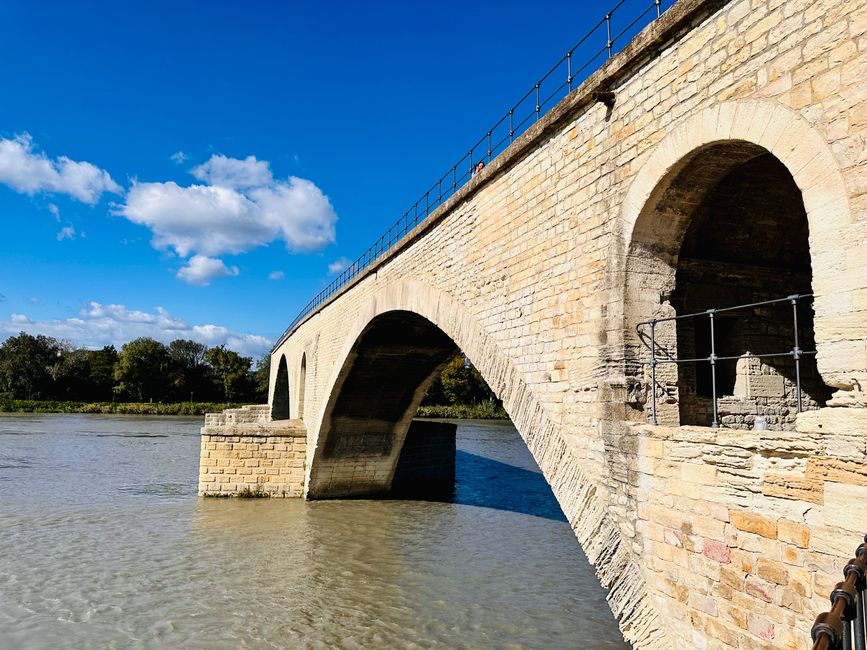
Avignon is surrounded by well-preserved medieval city walls, constructed in the 14th century to protect the city from attacks.
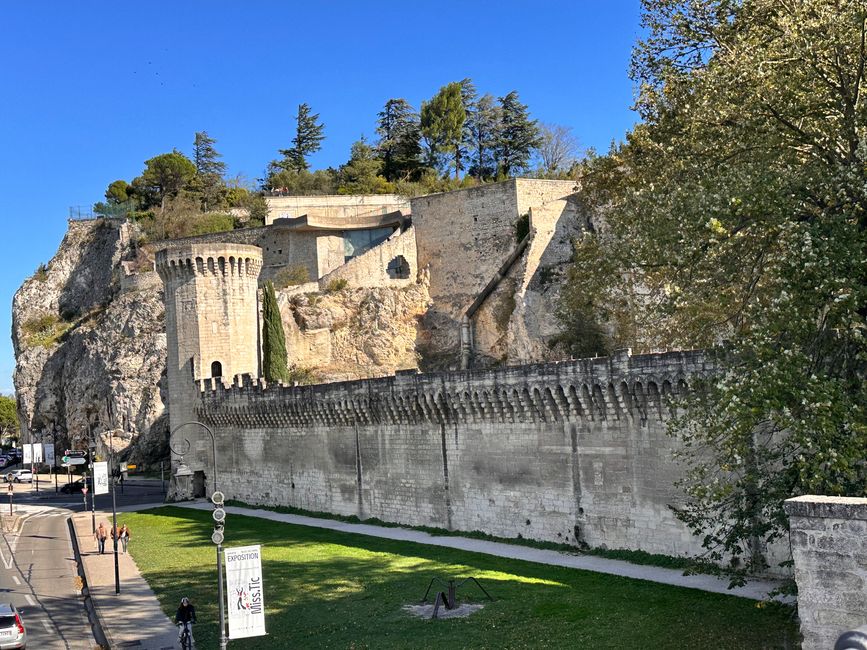
The city is known not only for its historical significance but also for its cultural events and exhibitions. Currently, an impressive exhibition by street artist and poet Miss.Tic is on display in the Palace of the Popes. I was particularly impressed by her wordplay.
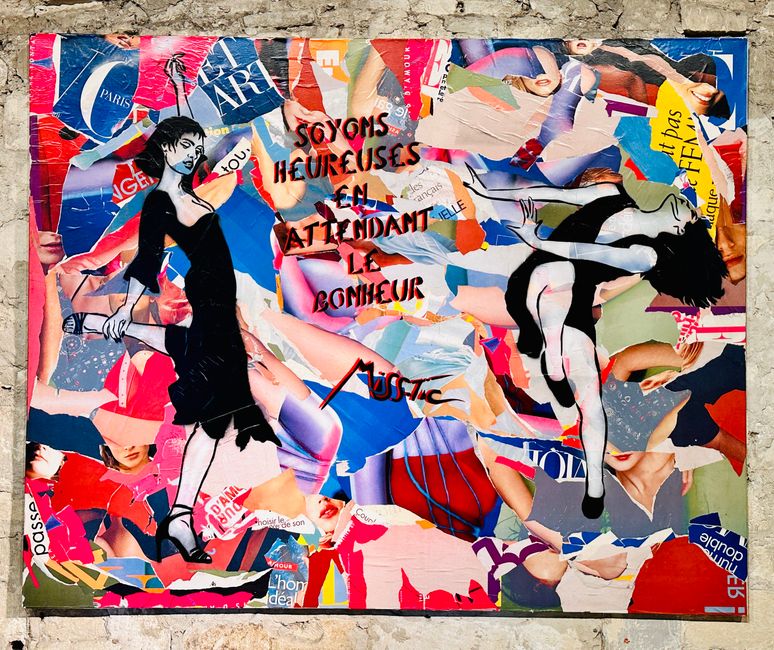 Miss.Tic
Miss.TicAvignon uniquely combines its history as a former religious center with a modern cultural and festival city.
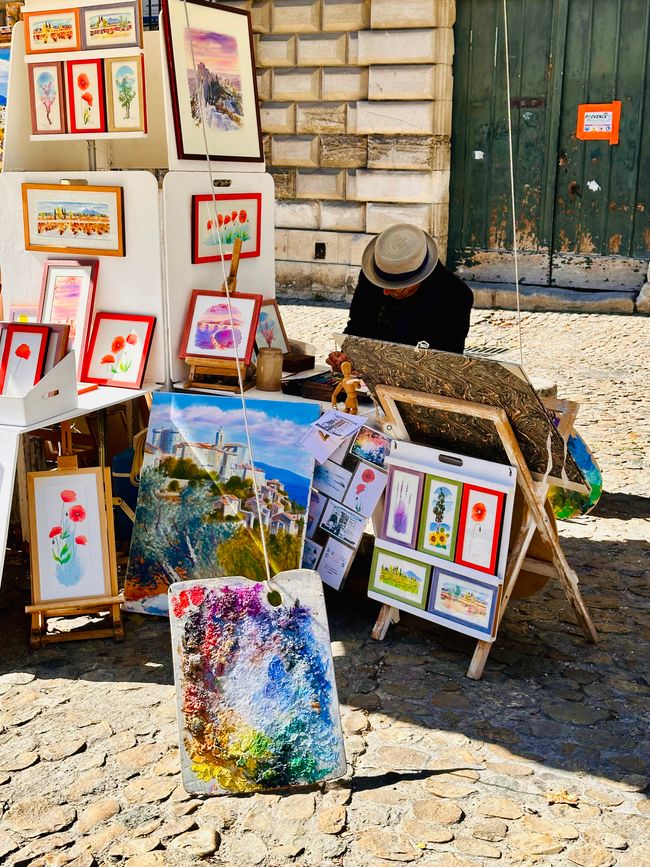
The Rocher des Doms is a prominent rock and a significant landmark in Avignon. It is located above the Rhône and offers a spectacular panoramic view of the city, the river, and the surrounding landscape. The Rocher des Doms is closely linked to the history of the city and plays a central role in its development. Today, on the Rocher des Doms, there is an idyllic park established in the 19th century. It is a popular place for walks, to escape the hustle and bustle of the city and enjoy the peaceful atmosphere. The park features sculptures, fountains, and well-maintained green spaces, providing numerous shaded spots to linger. We were lucky because the park closes on October 5th for renovations.
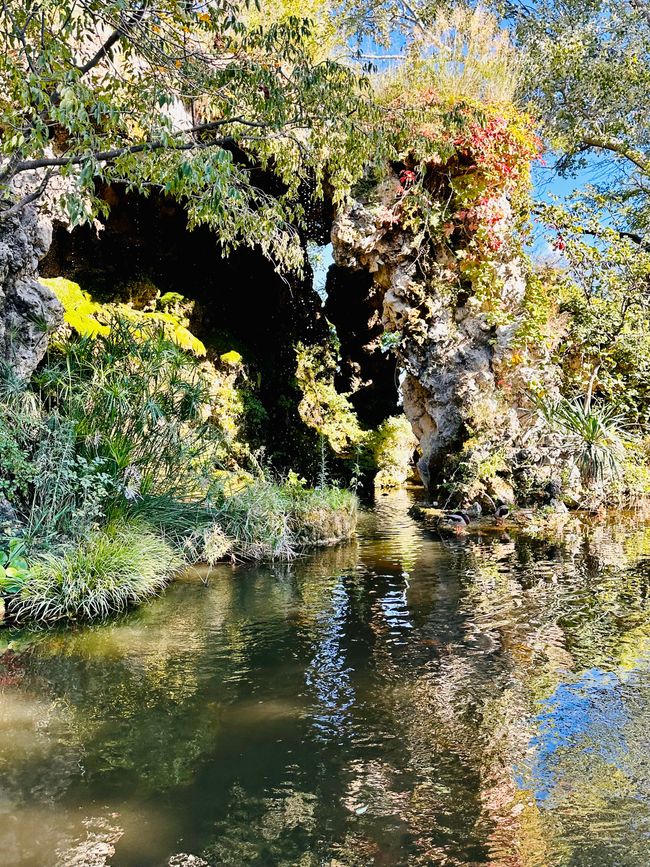
I must also mention a few words about the Rhône, which flows through Avignon and ultimately has its source in Switzerland.
The Rhône is one of the most significant rivers in Europe and plays a central role in the landscape and economy of the region through which it flows. It originates in the Swiss Alps and crosses Switzerland and France before flowing into the Mediterranean Sea.
For those who had a window seat in geography class! The Rhône originates in the Rhône Glacier in Switzerland, in the Bernese Alps, at an altitude of about 2,300 meters. It initially flows through Lake Geneva and then westward toward France. After leaving Switzerland, the Rhône enters France at Geneva. From there, it crosses various French regions, including the cities of Lyon, Valence, and Avignon. In total, the Rhône is about 812 kilometers long, of which about 545 kilometers flow through France before it flows into the Mediterranean Sea.
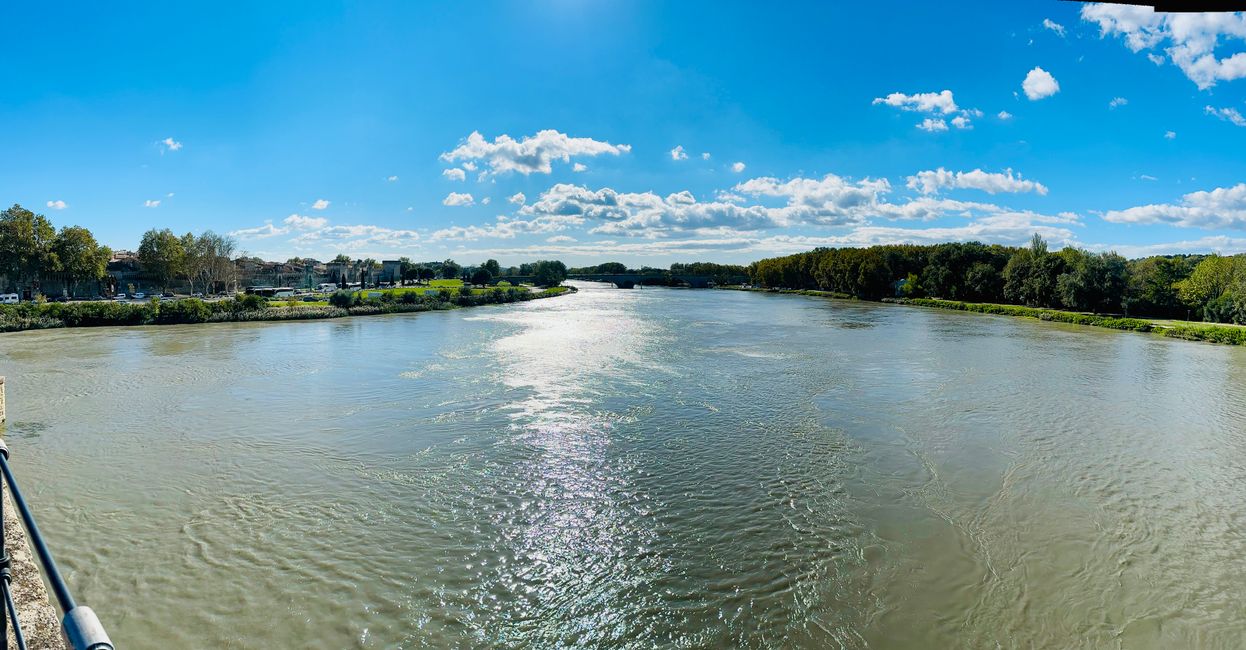
Lastly, a word about wine. Did you know that Provence is the oldest wine-growing region in France? The wine production here dates back to the time of the ancient Greeks and Romans.
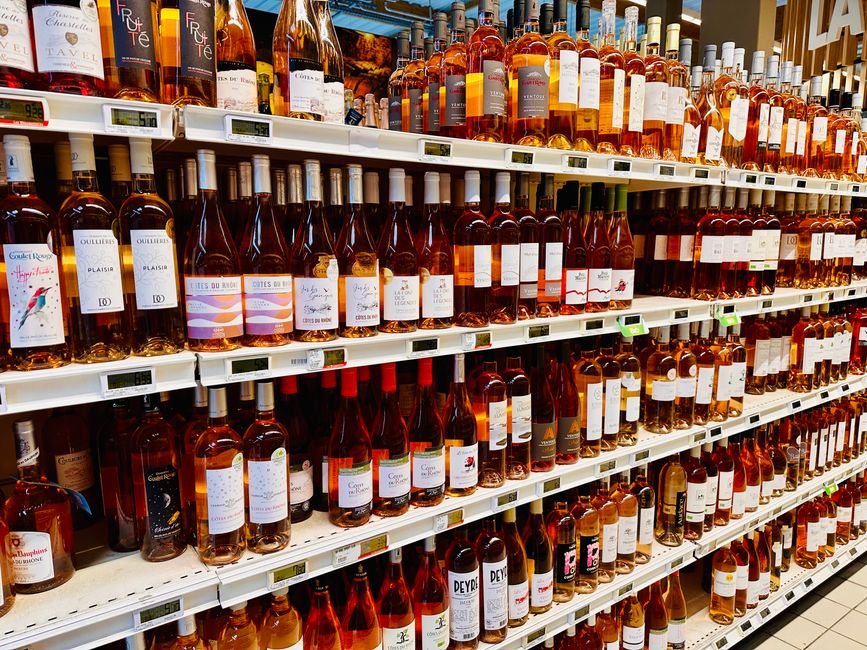
The Rosé de Provence is world-renowned but is also enjoyed by locals, which is evident from the shelves in supermarkets. The rosé wines of Provence are made from a blend of various grape varieties that give the wines their unique character. The Rosé de Provence is primarily produced through direct pressing. In this process, the grapes are pressed immediately after being harvested, so the skins have only a short period of contact with the juice, resulting in the characteristic pale pink color. Its freshness and lightness make it distinct. I enjoy it very much 😀
ਨਿਊਜ਼ਲੈਟਰ ਦੀ ਗਾਹਕੀ ਲਓ
ਜਵਾਬ
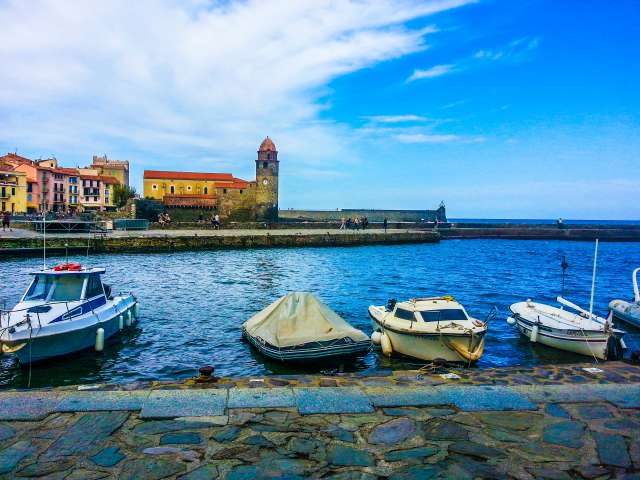
ਯਾਤਰਾ ਰਿਪੋਰਟਾਂ ਫਰਾਂਸ
